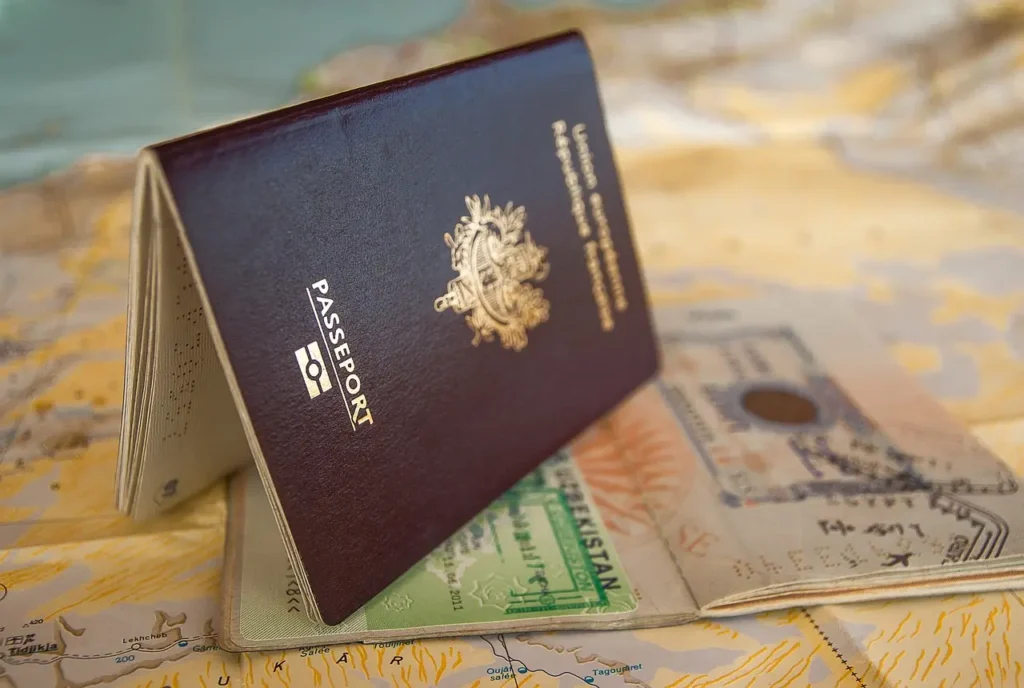Canada is known for its diverse climate and extreme weather conditions. From the icy winds of the Arctic to the mild temperatures of the West Coast, Canadians experience a wide range of weather patterns throughout the year. However, in recent times, the weather has become increasingly unpredictable, and drastic changes have become more frequent. In this article, we will explore how Canadians can prepare for these drastic weather shifts to ensure their safety and well-being.
1. Understanding Canadian Weather Patterns
1.1 The Impact of Geography
Canada’s vast geographical size contributes significantly to its diverse weather patterns. The country spans from the Pacific to the Atlantic Ocean and reaches up to the Arctic Circle. The coastal regions experience milder temperatures due to the moderating effect of the oceans, while the central and northern regions face harsher climates with colder winters.
1.2 Seasonal Variations
Canadians experience four distinct seasons – spring, summer, fall, and winter. Each season comes with its unique weather challenges, from heavy rainfalls and thunderstorms in the summer to blizzards and freezing temperatures in the winter.
2. The Effects of Climate Change
2.1 Understanding Climate Change
Climate change is a global issue affecting weather patterns worldwide, and Canada is no exception. The increasing concentration of greenhouse gases in the atmosphere leads to rising temperatures, which, in turn, contribute to extreme weather events.
2.2 Drastic Weather Changes in Canada
In recent years, Canada has witnessed a rise in extreme weather events, such as heat waves, droughts, intense storms, and rapid temperature fluctuations. These drastic changes can have severe consequences on infrastructure, agriculture, and public health.
3. How to Prepare for Drastic Weather Changes
3.1 Stay Informed
Keeping yourself informed about weather forecasts and warnings is crucial. Install weather apps on your smartphone and subscribe to alert systems to receive timely notifications about potential weather hazards.
3.2 Have an Emergency Kit
Prepare an emergency kit containing essentials like non-perishable food items, water, first-aid supplies, flashlights, batteries, and a battery-operated radio. This kit will come in handy during power outages or when you need to take shelter immediately.
3.3 Protect Your Home
Secure your home against extreme weather by reinforcing doors and windows, trimming trees, and cleaning gutters regularly. Consider investing in storm shutters or impact-resistant windows to safeguard against strong winds and flying debris.
3.4 Dress Appropriately
Layer your clothing during the winter to stay warm and wear lightweight, breathable fabrics during hot summers. Additionally, invest in high-quality waterproof and insulated clothing to protect yourself from rain and snow.
3.5 Plan for Evacuation
In the face of potential extreme weather events or natural disasters, having a well-thought-out evacuation plan is essential to ensure the safety of you and your loved ones. Here are the key steps to create an effective evacuation plan:
- Identify Potential Hazards: Start by identifying the types of disasters or extreme weather events that are most likely to occur in your area. This could include hurricanes, floods, wildfires, or severe winter storms.
- Know Evacuation Routes: Familiarize yourself with the evacuation routes designated by local authorities. These routes are specifically designed to lead you to safety and may differ depending on the nature of the disaster.
- Establish Meeting Points: Decide on meeting points both within your neighborhood and outside of it. Choose easily recognizable locations that are unlikely to be affected by the disaster, such as a local school, community center, or a relative’s house.
- Communication Plan: Create a communication plan to stay connected with family members and friends during an emergency. Designate a point person outside the affected area who can act as a central contact and provide updates on everyone’s status.
- Pack an Emergency Kit: Prepare a portable emergency kit that includes essential items such as food, water, first-aid supplies, a flashlight, batteries, a multi-tool, important documents, and any necessary medications. Keep this kit in an easily accessible location.
- Consider Special Needs: If you have family members with special needs, such as the elderly, young children, or individuals with disabilities, make sure to account for their specific requirements in your evacuation plan.
- Practice Evacuation Drills: Regularly conduct evacuation drills with your family members to ensure everyone knows what to do in case of an emergency. Practice using different evacuation routes and meeting at designated points.
- Stay Informed: Keep yourself informed about weather updates and disaster alerts through local news sources, weather apps, or emergency alert systems. Having early warning can be crucial for timely evacuation.
- Have a Transportation Plan: Plan how you will evacuate if you don’t have access to your own vehicle. Know public transportation options or arrange for a ride with a neighbor or friend if necessary.
- Secure Your Home: Before leaving your home, secure it as best as possible. Close and lock all doors and windows, turn off utilities if instructed to do so, and protect valuable possessions as much as you can.
Remember, the key to a successful evacuation plan is preparation and communication. By taking the time to create and practice your plan, you can greatly increase the chances of a safe and organized evacuation during times of crisis.
3.6 Protect Your Health
Extreme weather can pose health risks, so take precautions. Stay hydrated during hot weather, and avoid outdoor activities during heat waves. In freezing temperatures, protect yourself from frostbite and hypothermia by dressing appropriately.
3.7 Secure Important Documents
Keep important documents, such as identification, insurance papers, and medical records, in a waterproof and fireproof container to ensure they remain safe during emergencies.
Conclusion
Preparing for drastic weather changes is crucial to ensure the safety and well-being of Canadians. By understanding the local weather patterns, staying informed, and taking proactive measures, individuals can minimize the risks associated with extreme weather events. Climate change is a real concern, and adapting to these changes is necessary for a sustainable future.
FAQs on Canadian Weather
Are extreme weather events becoming more frequent in Canada?
Yes, in recent years, Canada has experienced an increase in extreme weather events due to climate change.
What are some common weather hazards in Canada?
Canada faces various weather hazards, including heat waves, blizzards, thunderstorms, and heavy rainfall.
How can I stay informed about weather updates?
Install weather apps on your smartphone or subscribe to weather alert systems to receive timely updates.
What should I include in my emergency kit?
Your emergency kit should contain non-perishable food, water, first-aid supplies, flashlights, batteries, and a battery-operated radio.
How can I protect my home during extreme weather?
Secure doors and windows, trim trees, and clean gutters regularly. Consider investing in storm shutters or impact-resistant windows.



